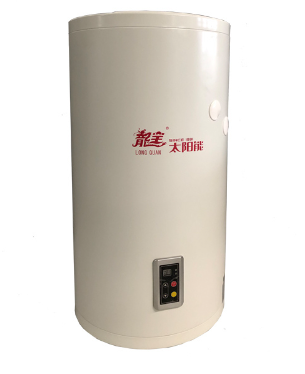Enamel pressure water tank integrates solar energy and construction
Time:
2025-05-19 13:20
Origins:
With the improvement of people's living standards and the continuous development of the domestic solar water heater industry, consumers' requirements for domestic hot water are also increasing, and they are paying more and more attention to the beauty of buildings. The integration of urban solar energy and buildings has gradually become one of the development and utilization directions of future energy.
The solar thermal utilization industry has gone through simple burst hot water supply methods and direct insertion solar water heaters, and has begun to enter the development path of integrating solar energy with buildings. Under the promotion of national energy conservation and emission reduction, more than 20 provinces and cities in China have issued policy documents requiring mandatory implementation of solar hot water systems for newly built, rebuilt, and renovated public buildings such as schools, hospitals, hotels, etc. However, due to the fact that conventional solar hot water systems often use non pressurized methods, they cannot solve the problem of solar hot water use in mid to high-rise buildings.
Many experts seeking the integration of solar energy buildings have turned their attention to the design and development of pressurized solar hot water systems. Enamel pressure water tanks have therefore become the most popular and suitable component of application systems for mid to high rise buildings.
The development of water heater liners has gone through three generations. The first generation is a galvanized and copper inner liner. The second generation is a stainless steel liner. The third generation is an enamel inner liner. Galvanized and copper inner liners have been basically eliminated due to their thin protective layer, lack of rust prevention treatment, easy scaling, and short lifespan. Although stainless steel has a good inner liner material and is not easy to rust, it has gradually faded from the market due to the hidden danger of "welding seams" in stainless steel inner liners. The third generation enamel liner is currently a relatively advanced liner on the market. Although it solves the fatal problem of water leakage and has corresponding advantages in pressure resistance, acid and alkali resistance, and corrosion resistance, there are also advantages and disadvantages to enamel liners. Not all enamel liners can become enamel liners. Due to slightly inferior craftsmanship and material selection, ordinary enamel liners still cannot become components of solar pressure hot water systems.

Hot News

